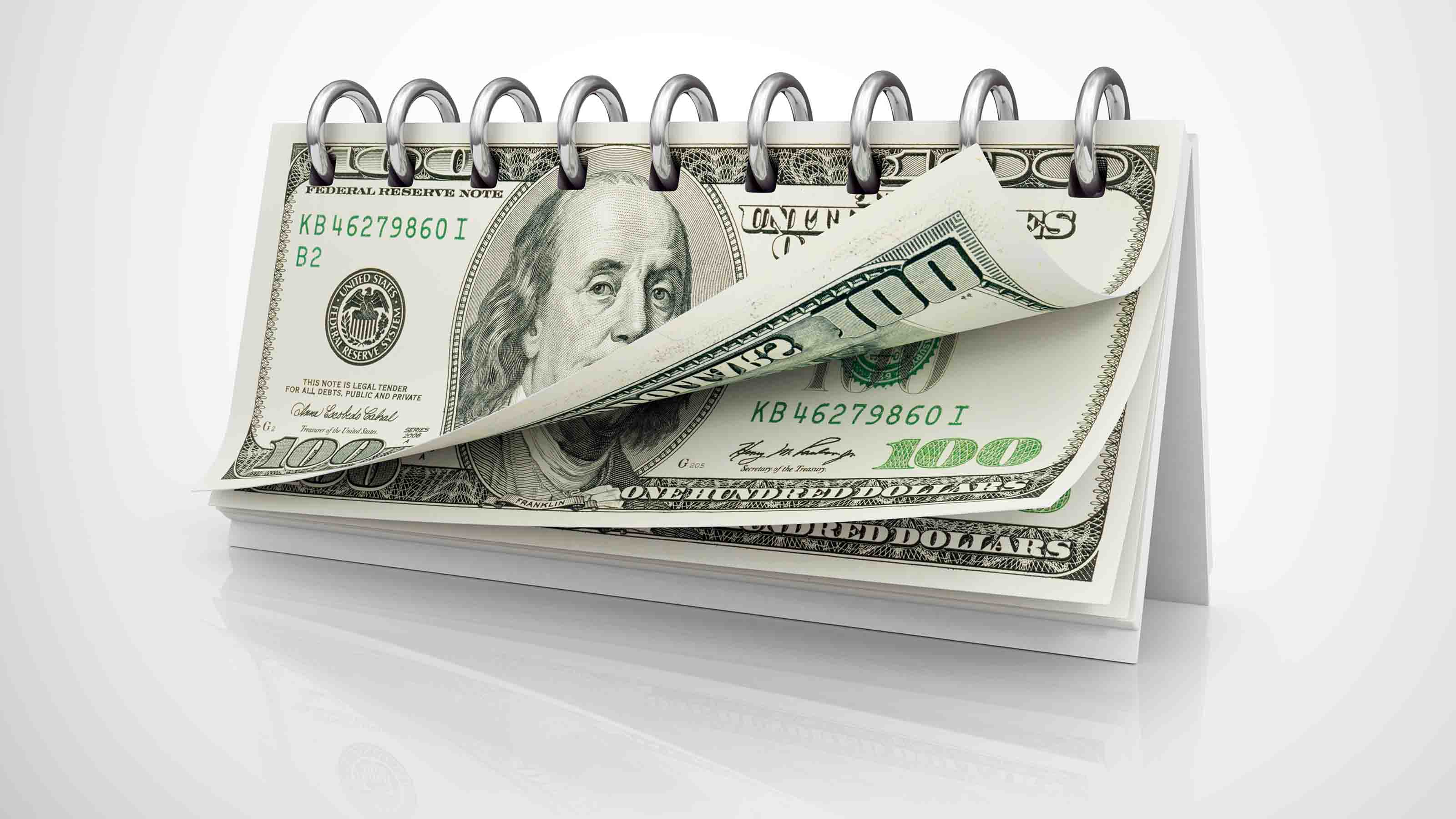Stay Calm to Profit in This Bond Market
Bonds should hold steady for the months ahead, and some sweet spots in the market offer reliable income sources.

Rarely in my years of writing about bonds has a healthy market been so crucial to so many. Investors are pouring spectacular sums into bonds of every kind at the expense of stocks. The tally for the past 12 months is $200 billion into bond funds and $176 billion pulled from stock funds.
Those numbers beg the question: Is this a mania that could unravel quickly and disastrously? I put that question to a number of bond fund managers this spring.
Their answer: No, at least, not yet. But consider that if stocks swoon all summer, tens of billions more dollars will migrate to bonds out of fear. Prices of high-quality bonds, such as investment-grade corporates and municipals, will soar even higher, and their yields will shrink. And because current yields are already low by historical standards (ten-year AA-rated corporates are around 2.3%), bond prices won’t rise in 2012 unless a mania does take hold. Based purely on fundamentals, bond prices and yields should stick close to current levels in the months ahead. That won’t make you rich, but your principal will be safe and you’ll collect some interest.
From just $107.88 $24.99 for Kiplinger Personal Finance
Become a smarter, better informed investor. Subscribe from just $107.88 $24.99, plus get up to 4 Special Issues

Sign up for Kiplinger’s Free Newsletters
Profit and prosper with the best of expert advice on investing, taxes, retirement, personal finance and more - straight to your e-mail.
Profit and prosper with the best of expert advice - straight to your e-mail.
But a danger does exist, many fund managers say. The problem is a new generation of bondholders who have grown used to bond prices that only rise or hold steady. These bondholders could sell if their funds drop more than a few pennies over a couple of days. Matthew Eagan, a Loomis Sayles bond-fund manager, says he tells clients not to sell when they see the fund fall 5%, which historically has been routine.
Let’s all hope bond newbies get the message, because when bond funds must sell assets to raise cash for redemptions, it gets ugly. Consider the fourth quarter of 2010, when most municipal bond funds lost 5%, and some more than 10%. This was after telegenic analyst Meredith Whitney caused a panic with unfounded rants about mass municipal bond defaults. If you’d have stayed put, or bought more on weakness, as Kiplinger’s and many others advised at the time, you would have made your money back and then some. At that time, educated investors quickly began to buy as tax-free yields moved higher than taxable Treasury yields. This was a rare and juicy opportunity, and it absolutely could repeat itself.
It’s true that mutual fund managers who appeal for calm -- or say to buy in the face of selling pressure -- appear to be looking after their own interests. But this is sage advice from Eagan, who is a co-manager at Dan Fuss’s fabled Loomis Sayles Bond (LSBRX) -- member of the Kiplinger 25 -- arguably the best bond fund there ever was. The fund has returned a cool 10% annualized over the past ten years. It’s up 4.6% so far in 2012 and offers a current yield of 3.9% based on its latest monthly distribution of 6 cents a share
A correction is certainly possible. Yet my conclusion after my round of interviews is that if you own shares of Loomis Sayles Bond or any other proven, diversified bond fund -- such as Dodge & Cox Income (DODIX) -- you should leave your money alone. This advice doesn’t include any fund with a duration longer than eight years, which describes a long-term Treasury or mixed fund or many of the broad bond-market index funds. The longer the duration, the more prices will fall in a correction.
As far as Treasuries go, you should consider them a separate species from all of the bonds I’ve discussed in this column. At this time, Treasury bonds are not income investments; they are where cash is stashed for safekeeping.
Sweet Spots
In light of all this, I asked Matt Eagan and Wilmer Stith, a vice-president of Wilmington Trust, for constructive ideas for investing new bond money. Both manage wide-ranging accounts, so they have a 360-degree view. As pros with enormous sums to supervise, they have the resources to find and invest in unusual income-producing securities.
Stith, who co-manages mutual funds and separate accounts for Wilmington Trust, likes “asset-backed securities” (packages of loans), mortgage-backed securities and intermediate-term corporate bonds. There are good funds in each area, such as Fidelity Floating Rate High Income (FFRHX) in bank loans and another Kiplinger 25 member, DoubleLine Total Return (DLTNX) in mortgages.
Eagan also calls packaged loans a sweet spot, along with BBB-rated corporate bonds. He recommends going outside the United States for government bonds issued in “commodity currencies.” That’s jargon for debt issued by oil-and-mineral-rich nations such as Canada and Australia, where the value of the currency is essentially secured by hard assets in the ground. Eagan also likes high-yielding but investment-grade European and Latin American utility bonds.
Some or all of those investments may lie outside your comfort zone, which is why you should consider a diversified bond fund staffed with experts to profit from them. They’ll also invest in more exotic assets, such as bonds of real estate investment trusts and packages of new-car loans.
Some of these investments collapsed in the financial crisis of 2008, but Stith says they’re reliable sources of income and to buy now because “the U.S. economy, the largest economy on earth, is healing and re-establishing itself.” Eagan concedes that if U.S. economic growth falls below 1%, then riskier kinds of bonds, such as junk bonds, and bond-like investments will suffer. However, last I looked, the U.S. is growing faster than 1%, bond-issuing companies are rich with cash, defaults on municipals are minimal, and people are meeting their car and house payments.
Kiplinger's Investing for Income will help you maximize your cash yield under any economic conditions. Download the premier issue for free.
Profit and prosper with the best of Kiplinger's advice on investing, taxes, retirement, personal finance and much more. Delivered daily. Enter your email in the box and click Sign Me Up.

Kosnett is the editor of Kiplinger Investing for Income and writes the "Cash in Hand" column for Kiplinger Personal Finance. He is an income-investing expert who covers bonds, real estate investment trusts, oil and gas income deals, dividend stocks and anything else that pays interest and dividends. He joined Kiplinger in 1981 after six years in newspapers, including the Baltimore Sun. He is a 1976 journalism graduate from the Medill School at Northwestern University and completed an executive program at the Carnegie-Mellon University business school in 1978.
-
 4 Great Tools to DIY Your Own Financial Plan
4 Great Tools to DIY Your Own Financial PlanSmart Savings Several tools picked out by Kiplinger that DIYers can use to make their own financial plan.
-
 The 7-Month Deadline That Sets Your Lifetime Medicare Premiums
The 7-Month Deadline That Sets Your Lifetime Medicare PremiumsUnderstanding Medicare enrollment is crucial, as missing deadlines can lead to permanent late enrollment penalties and gaps in coverage.
-
 Retirees Living in Portugal: You Need a Post-NHR Tax Strategy
Retirees Living in Portugal: You Need a Post-NHR Tax StrategyWhen your 10-year Non-Habitual Resident tax break ends, you could see your tax rate soar. Take steps to plan for this change well before the NHR window closes.
-
 The Most Tax-Friendly States for Investing in 2025 (Hint: There Are Two)
The Most Tax-Friendly States for Investing in 2025 (Hint: There Are Two)State Taxes Living in one of these places could lower your 2025 investment taxes — especially if you invest in real estate.
-
 The Final Countdown for Retirees with Investment Income
The Final Countdown for Retirees with Investment IncomeRetirement Tax Don’t assume Social Security withholding is enough. Some retirement income may require a quarterly estimated tax payment by the September 15 deadline.
-
 Why Investors Needn't Worry About U.S. Credit Downgrade
Why Investors Needn't Worry About U.S. Credit DowngradeFitch Ratings The United States saw its credit rating downgraded for just the second time in history, but experts aren't worried about the long-term damage to stocks.
-
 Income-Investing Picks for a Recession
Income-Investing Picks for a RecessionInvesting for Income Some consequences of an economic downturn work to the benefit of fixed-income investors. Here are three fund ideas that fit the bill.
-
 Dogs of the Dow Are 2022's Best in Show
Dogs of the Dow Are 2022's Best in Showdividend stocks Some of the best investments for income investors in a volatile 2022 have come from the Dogs of the Dow.
-
 Bond Values in a Volatile Market
Bond Values in a Volatile MarketInvesting for Income While the market's instability may not be over just yet, the latter half of the year should be less daunting – and possibly more rewarding – for investors.
-
 Should You Buy Bonds Now? What To Consider
Should You Buy Bonds Now? What To Considerbonds The fixed-income market has been turned on its head in recent years, but there are still opportunities for those looking to buy bonds again.
-
 Dividend Dates: A Beginner's Guide
Dividend Dates: A Beginner's Guidedividend stocks Everything you need to know about ex-dividend dates, dividend announcements and other parts of the dividend calendar.